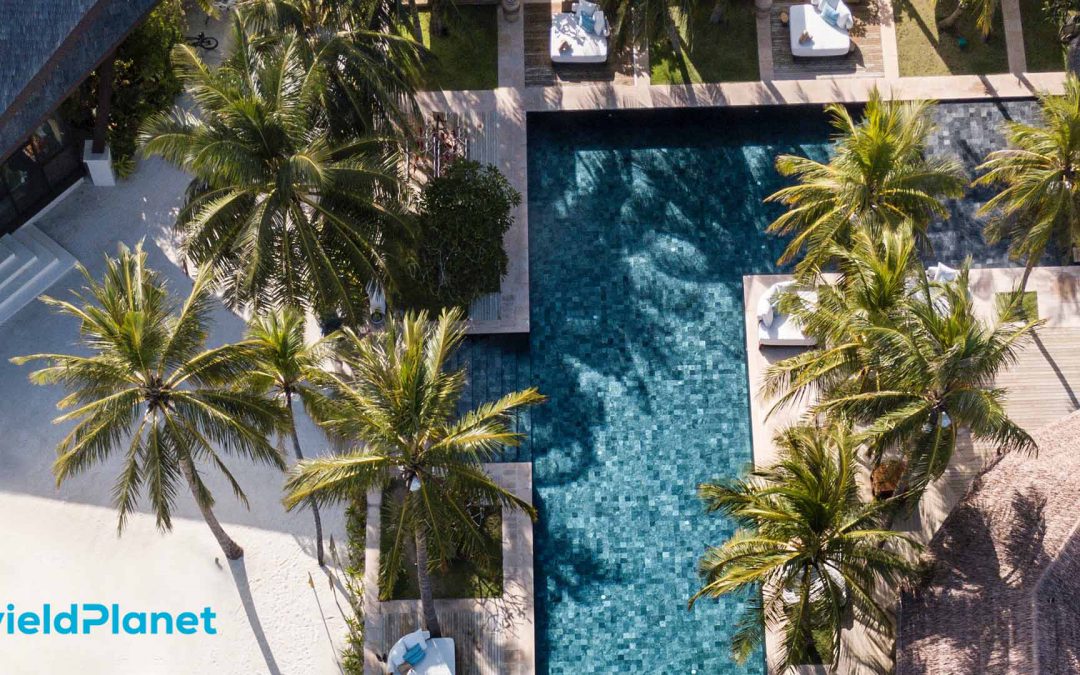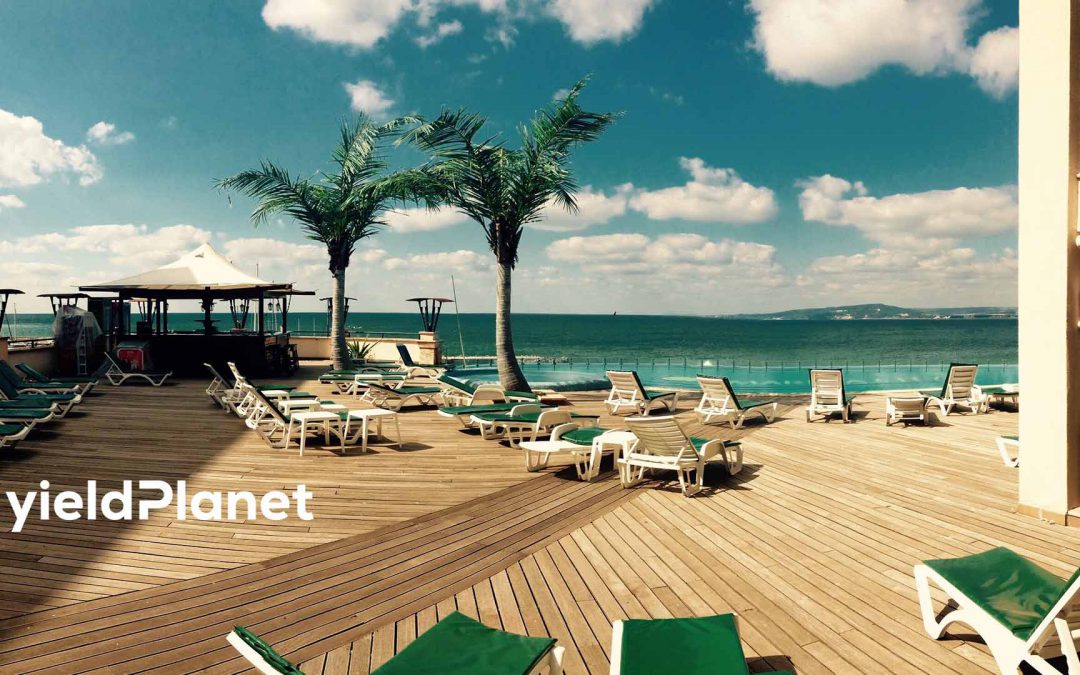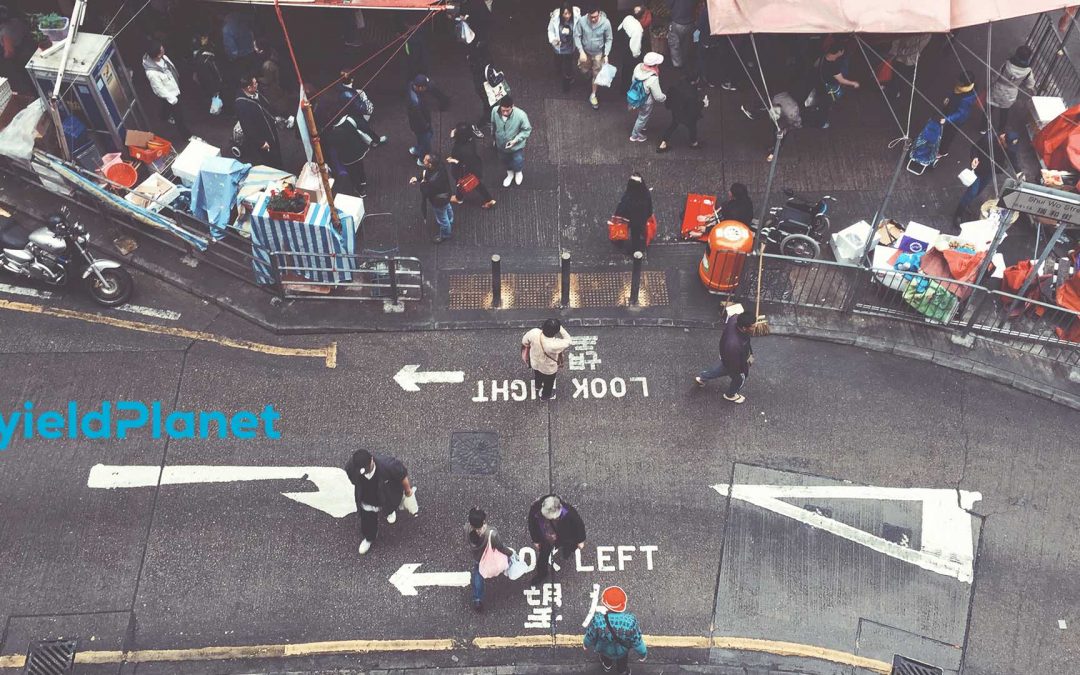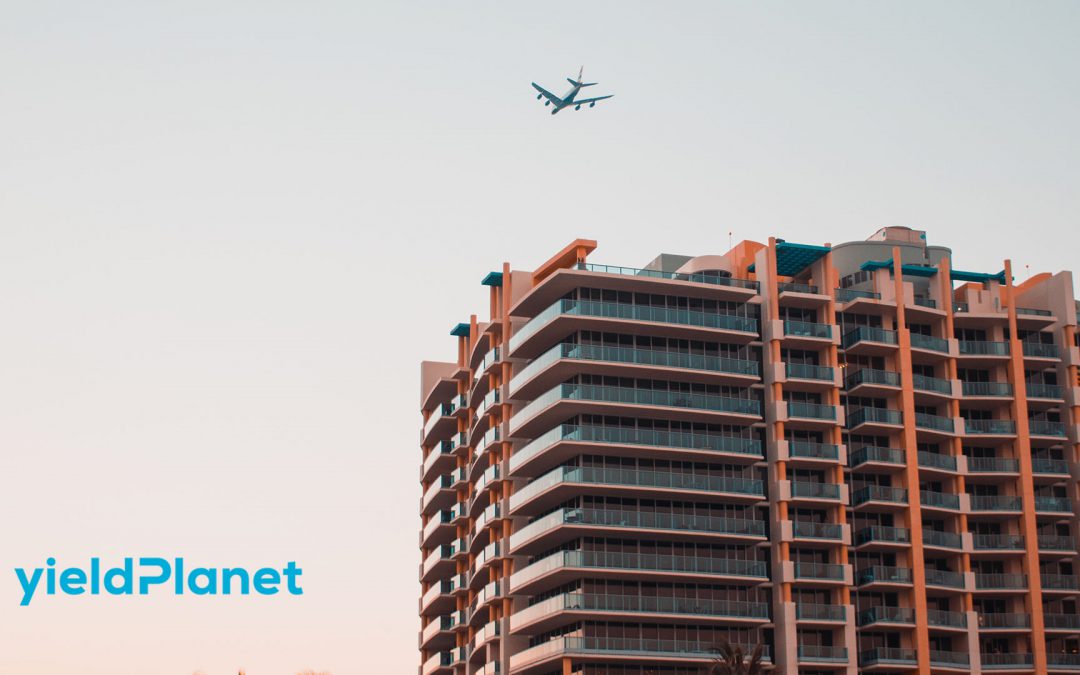
6 tips to make your photos sell rooms
6 tips to make your photos sell rooms
Check out our 6 easy tricks on how to use room images to your full advantage.
Good room photos give your bookings a leg up.Along with prices, images are the first thing visitors who book online look at. You should, therefore, make sure each room type offered through your booking engine is not only clearly described but also illustrated by several high-quality photos of different parts of the room.
- Get the most from your images: a good selection of attractive, high-quality pictures will promote your hotel well;
- Give your guests the full picture: take photos of the room, bathroom, and a couple other angles to provide guests with a more complete visualization;
- Think beyond the room: for example, if you are offering a room facing the sea, it is advisable to showcase the pictures of both the room and the sea view;
- Make them feel at home: include a picture with a stack of fluffy towels, nice toiletries, and slippers;
- Take them on a trip with your photos: make your potential guests imagine lounging on the bed with a glass of champagne or enjoying a bubble bath on the tube. Emotion is everything when it comes to selling;
- Take them on a trip with your photos: make your potential guests imagine lounging on the bed with a glass of champagne or enjoying a bubble bath on the tube. Emotion is everything when it comes to selling;
- Depict the target group of guests – especially when it comes to MICE, SPAs or hotels which organize weddings, you can add photos with people and let the guests identify themselves with the models an events on the pictures.
- Remember that images play a key role in the decision to book. As we live in the age of visual culture, let the pictures do the talking!









